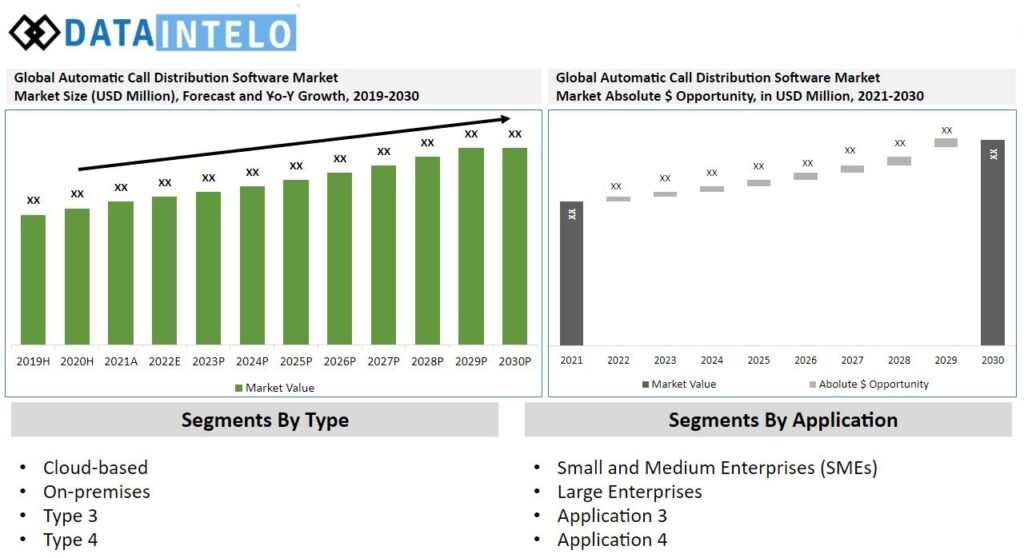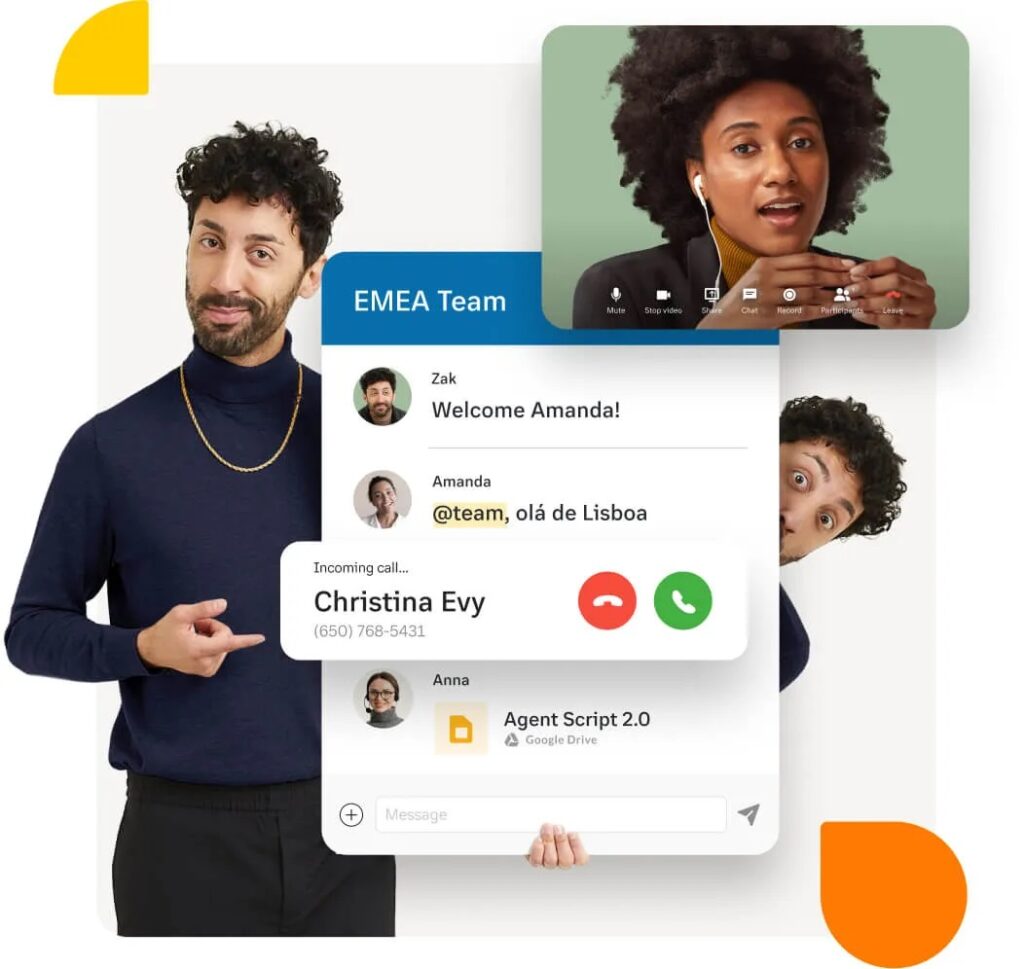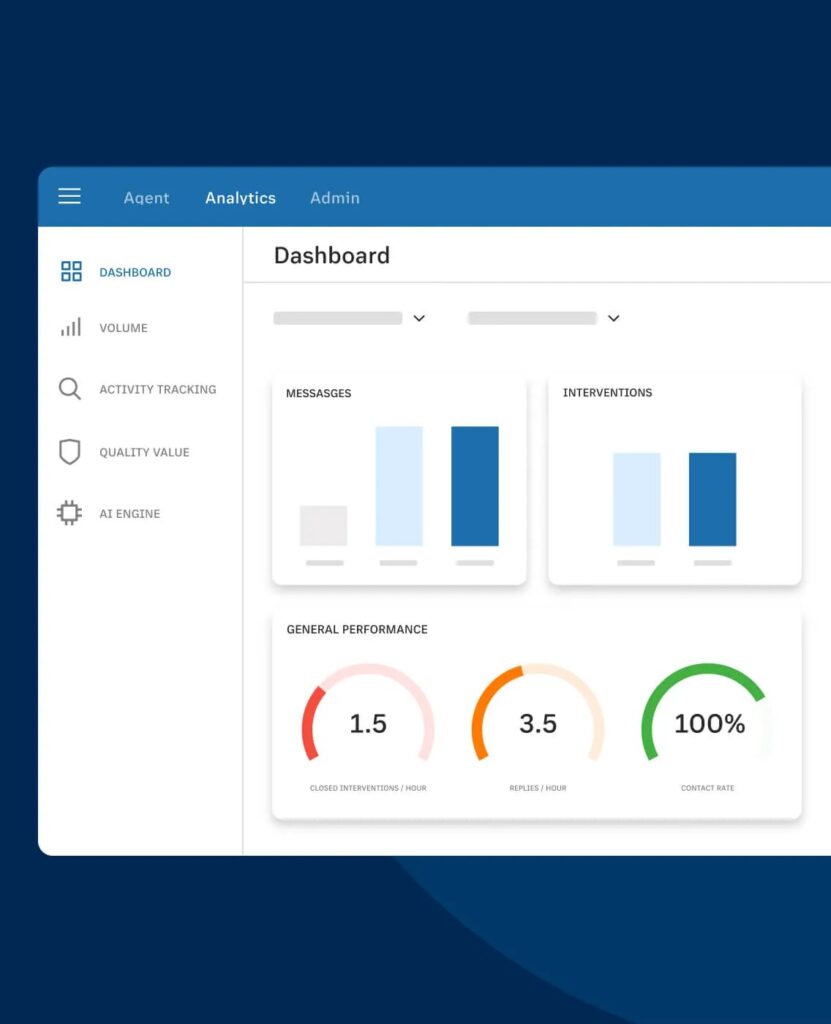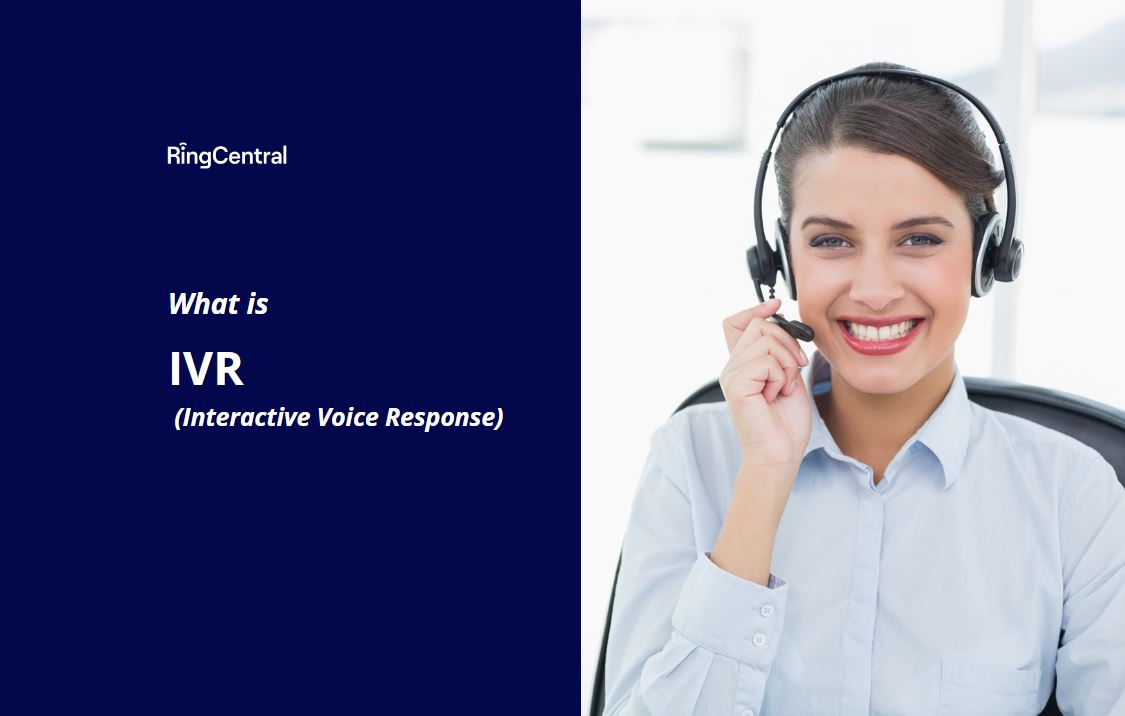What Is ACD (Automatic Call Distributor) and How Can It Benefit You?
In this article, we will cover:
- What is an Automatic Call Distribution (ACD)?
- How does ACD work?
- ACD vs Interactive Voice Response (IVR)
- ACD Attributes
- Types of call distribution
- Benefits of ACD
- What can RingCentral ACD do for your business?
- The takeaway
Let’s start with some honesty. We’ve all been there, silently screaming in frustration as we either sit on hold for what seems like an eternity or find ourselves transferred to a call centre agent who doesn’t have a clue how to deal with our query so then transfers us to another agent… who also doesn’t have a clue how to solve our problem.
The call centre industry in Australia is huge. In fact, it’s worth some US$1.8 billion in 2022, and it’s expected to grow by 8% in the same year. While, of course, some of that industry will be serving overseas customers, a fair portion will be serving the domestic market, so that’s potentially a lot of frustrated Australians dealing with call centre agents.
Thankfully, those days – for the most part at least – are behind us. Modern contact centres tend to be more efficient with far better levels of training, meaning more competent agents. Then, of course, there’s technology, wonderful, wonderful technology. Call centres have come a long way from those basic days of the 1980s and 1990s.
In the last decade or two, call centre tech has come a long way. Computer telephony integration (CTI), interactive voice response (IVR), call recording systems, automation, predictive dialers, and call recording systems all have contributed to dramatic improvements in the quality of service provided by call centres the world over.
One piece of tech, in particular, has helped to reduce that frustration of being transferred to agents who can’t deal with your issues competently. That tech is automatic call distribution (ACD). Just what is ACD, however? How does it work? What are the different types of ACD, and how do they benefit both customers and agents? We look at how ACD has changed the call centre landscape and vastly reduced the frequency of frustrated screams.
What is Automatic Call Distribution (ACD)?
Automatic call distribution, or automatic call distributor, is a type of telecoms tech specifically designed for call centres. While we may think of it as a recent invention, it has, in fact, been around since the 1950s though it was first widely used in the 1970s by the New York Telephone Company.
Of course, the versions available today have come a long way from those initial rudimentary systems, but the basic idea remains the same. The purpose of an ACD system is to efficiently route incoming phone calls to your centre based on the preset rules you have decided on. That can include routing to general teams, specific teams, the next available agent, or the most appropriate agent to deal with a query.
The reason that an ACD system, such as that offered by RingCentral, is an ideal, some might say essential, piece of tech for every call centre is that it can help call centre owners manage call volumes more efficiently than without one. If you’re experiencing high call volumes and wait times, then your ACD can help assist callers and ensure that when they reach the front of any queue, no more time is wasted, and they’re routed to the person best placed to deal with their questions.
ACD can be set up to direct callers to voicemail (if you don’t operate 24/7) or to free agents when you’re busy. It will also often work together with IVR, but we’ll return to that later. The basic idea is that you decide the rules that govern your ACD system, the rules that best suit how your call centre operates, and the sort of volumes it handles.
How does ACD software work?

Despite what my mum told me at an early age, technology does not work thanks to small elves and gnomes sitting inside boxes. Thankfully, that myth was dispelled at an early age, which leads us on to the question of how ACD actually does work. There are three main steps between a caller dialling a call centre and their call being handled by an agent.
1. Call identification
The first step is to let the system identify the purpose of the call. This may be general factors, such as language and/or location, or it could be more specific purposes, such as wanting to talk to the tech support team. In many cases, ACD will partner with IVR at this stage to identify the purpose of the call, but some ACD systems will be simpler, and callers may just press a button to choose an option.
For example, a system’s caller ID ability may identify that the caller is making the call from Melbourne. It could then route the call to the team that covers Australia or, if there are city-specific teams, to the one that handles calls from Melbourne. If the system uses IVR, then it may identify that the caller wants to speak to someone about returning a product and would route them to the team that handles refunds and returns.
2. Call queuing
Once the system identifies why someone is calling, then it will place them in an appropriate queue. There may be more than one queue to deal with specialised inquiries, or there may be general call queues where no specific purpose has been stated or identified. Your ACD system usually sorts queues based on different factors, such as:
- Waiting times
- Status of call
- Nature of query
It should be noted that your system may be programmed to identify VIP callers. These may be important customers to whom you want to provide a premium service and who you may allow to go to the front of any queue or to a dedicated agent who deals with those customers.
3. Call routing

The final step in the ACD process is the actual routing strategy for calls. As already mentioned, this happens according to the set of rules you have set for call distribution. Those rules are going to depend on the type of call centre you operate and what your priorities are as a business. You may even choose different sets of rules for different business hours at different times of the year.
For example, perhaps your call centre experiences high call volumes at certain times of the week (or year if your business experiences seasonal fluctuations). When you have high call volumes, you may have the rule that the caller at the front of the queue gets transferred to the first available agent.
Of course, these rules can be combined. If you’re experiencing high call volumes but the caller needs some form of technical support, then you would set a rule that the ACD routes the person at the front of the queue to the first available agent who can deal with tech support questions.
ACD vs Interactive Voice Response (IVR)
IVR (Interactive Voice Response) is a system that allows callers to interact with your phone system through voice prompts (or through dialpad input). They can range from very simple systems that may just tell you the hour the centre is open or give you a choice of departments.
A more complex IVR system may ask you for details such as name and account number so that the agent who takes a call already has access to customer data via their CRM (customer relationship management) system. They can also guide you through self-service options or enable you to make payments without speaking to an agent.
Both ACD and IVR work best when paired together. IVR collects the information and data that allows the ACD system to route your call to the most appropriate agent or team. If you imagine visiting a large office complex, IVR is the front desk receptionist who gathers the information on who you want to visit (or the department you want to visit), while ACD is the staff member who escorts you to where you want to be.
IVR and ACD have an almost symbiotic relationship; both are great tools, but this is one of these cases where “the whole is greater than the sum of its parts”. Taken on their own, they have something to offer any call centre, but when they are combined, you have a system that dramatically improves your performance and the satisfaction of your customers.
While this section may be titled “ACD vs IVR”, it would be more accurate to call it “ACD + IVR”. Other tools and integrations may enhance the services provided by your call centre, but ACD and IVR working together can be the foundation for that enhancement. For example, CRM works so much better when integrated with ACD + IVR; the IVR collects the details, the ACD routes the call, and the CRM gives the agents all the relevant details on their screens.
ACD attributes
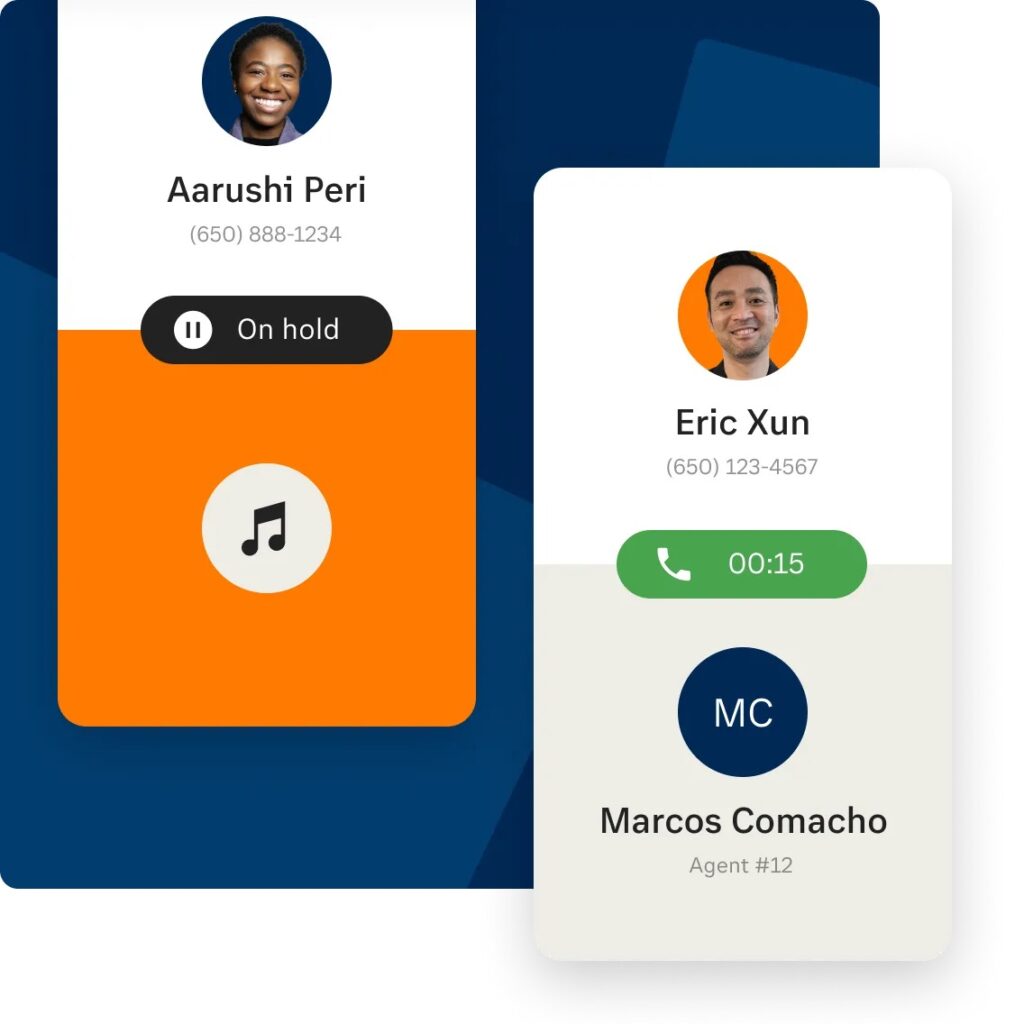 The complexity of modern call centre work, whether at an enterprise level or at a small business level, means that any ACD system needs to have certain attributes. Depending on the services you provide, you may choose one of these or a combination of several. Choices as to what attributes best suit your centre are flexible, and you can change them at any time.
The complexity of modern call centre work, whether at an enterprise level or at a small business level, means that any ACD system needs to have certain attributes. Depending on the services you provide, you may choose one of these or a combination of several. Choices as to what attributes best suit your centre are flexible, and you can change them at any time.
1. Automated skills-based routing
Modern call centres will usually have a variety of teams who have different skills. For example, you may have a team that provides dedicated tech support, another that focuses on aftersales service, one that’s bilingual or multilingual (where there is a need for more than one language), and so on. Your agents may have been hired for specific skills (such as languages), or you may provide specialist training to ensure they meet your standards.
The whole idea of automated skills-based routing is to ensure that a caller is directed to an agent who can deal with their needs, speak their language, etc. Skills-based routing thus improves customer satisfaction and can improve important call centre metrics, such as first call resolution. It can also reduce average call time as the agents dealing with calls have training and experience in that area, leading to better productivity levels, too.
2. Omnichannel transferring

Omnichannel routing is the modern version of how routing works in ‘traditional’ call centres. The modern part is the recognition that most call centres now offer omnichannel communications. That means that as well as offering to route a call to an agent, it will also offer the customer different options, such as email or SMS, to resolve their issues.
The first step is again IVR. The customer will be offered a choice of options that identify the reason they have called. The system will then offer different options for the customer to proceed. If the caller still wants to speak to an agent, then the system will place them in a queue. If they want to choose an alternative way of communicating, then the system will guide them through the options.
3. Outbound call routing
While normally associated with incoming calls, you can also utilise your ACD system if you do outbound calls too. For example, if your outbound calls are sales-oriented, then you want to ensure that calls are routed to the agents who have experience in sales. You can set up your ACD to assign calls to those with such experience as they become available.
4. Queue management
Your ACD system also offers efficient management of your queues. It uses a pre-configured algorithm to sort waiting calls into specific queues rather than one general queue. For example, if a caller identifies (either by IVR or by simple numeral choice) that they are making a sales inquiry, then the system will put them in the sales queue until an agent is available.
By using your preset rules to place customers in specific queues, you provide a smoother and less painful customer experience. Adding options such as callbacks and omnichannel communications means that customers can choose not to wait when queues are lengthy.
Types of call distribution

As mentioned earlier, you can preset your ACD system to meet the needs of your business and your customers. That means you can choose between different types of call distribution. It should be emphasised that you do not need to stick with one type. You can switch between them or even, where you have different numbers for people to call on, set different rules for different numbers.
-
Circular call distribution
As the name suggests, circular (or rotary) call distribution is used when a call centre wants its agents to have an equal share of incoming calls. It’s a very simple model where calls are assigned to agents in turn (not the first agent available).
So, there is a ‘queue’ of agents based on logging in time, and the calls are assigned in turn; the first call goes to the first agent, the second call goes to the second agent, and so on, until all agents have taken a call, and then the cycle repeats.
-
Fixed order call distribution
Centres will often choose this model when they want their more experienced and skilled agents on your frontline. With this type of call distribution, your ACD system will assign calls in a set order. When the agent at the front of your set queue takes a call, then the next on your list will take the one after.
-
Simultaneous call distribution
This is a free-for-all distribution method that can be very effective at reducing waiting times, so it may be worth having as an option when you’re experiencing high call volumes. It works very simply; when there’s an incoming call that needs to be answered, the system notifies all available agents, and the first one to pick up will be the one who deals with that call. Then the process repeats itself for the next call.
-
Skills-based routing

For contact centre providers that handle diverse inquiries or inquiries in different languages, then this may be the best model of call distribution for you. With this type of call distribution, you assign scores to your agents according to certain skills that they possess. These can include speaking commonly needed languages, expertise in particular subjects (think tech support), efficiency at dealing quickly with inquiries, and so on.
This is a type of call distribution that usually relies heavily on IVR to identify a customer’s needs. For example, whether a customer is an ESL speaker and would rather talk in their native language (if available) or what their specific needs are in regards to a specialist team.
-
Uniform call distribution
With uniform routing, your ACD system identifies the agents who have been sitting idle for the longest period. When your agent ends a call, a counter begins to measure their idle time. When that agent has the highest idle time of any agent, they’ll receive the next call. This is a good option that lets your more efficient agents handle more calls while also helping to ensure that calls are answered more quickly.
-
Time-based call distribution
This type of distribution focuses on availability and will particularly suit centres that do not operate 24/7 and thus do not want to accept out-of-hours calls. If an agent is available, then the system will send calls to those agents. If no agents are available, then the system will send calls to voicemail or whatever option you have for dealing with out-of-hours calls.
-
Weighted call distribution
This model is often used when centres have low volumes and a low frequency of incoming calls. With weighted call distribution, each agent receives a certain percentage of your incoming calls. You could also use this model to weigh distribution in favour of your best agents, although percentages tend to balance out over time. Some centres will also use this model as a way of sending calls to agents with different skill sets.
Benefits of ACD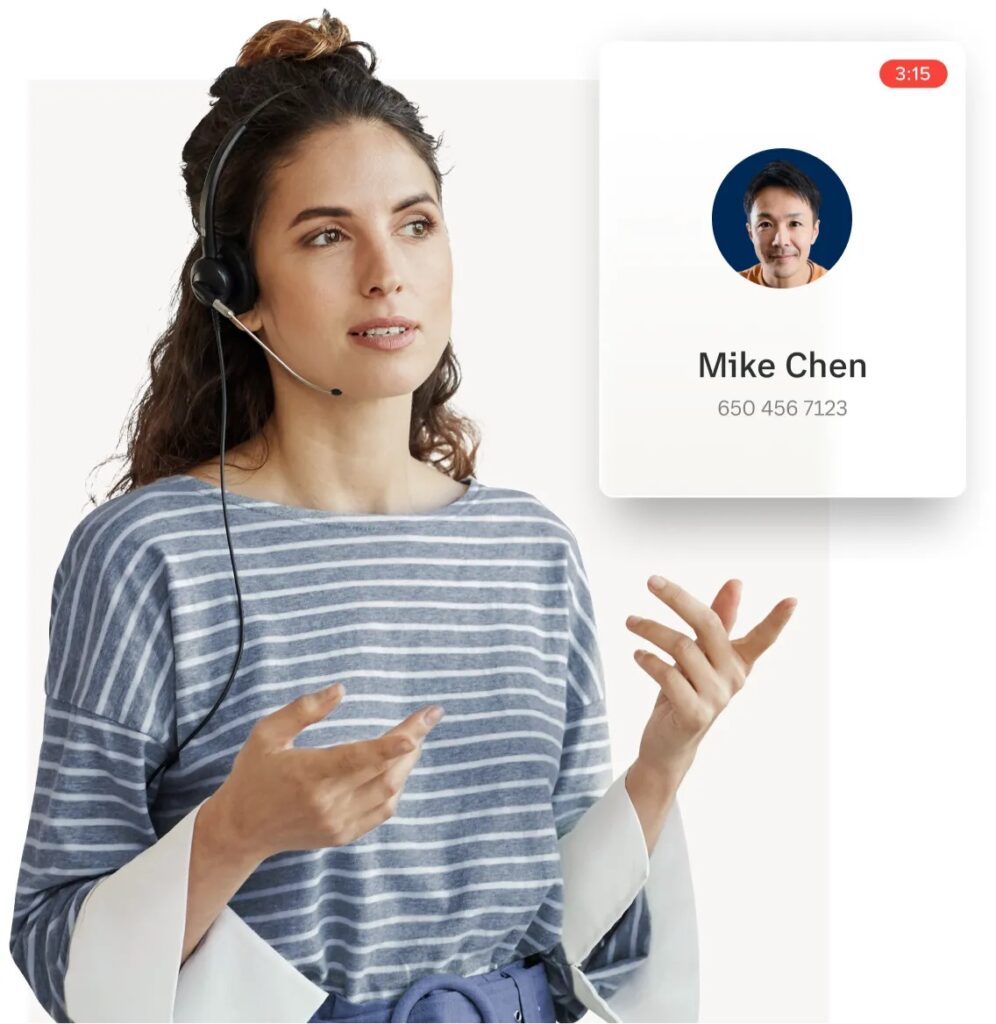
You may still be using a traditional call centre model and wondering why you should bother changing to ACD and integrating it into your current model. Realising and understanding the numerous and tangible benefits available can help you see that automatic call distribution systems can make a major difference to how you work and to many of the most important call centre metrics.
1. Better customer satisfaction and experience
Good customer experience begins with availability but also goes far beyond that. There is little point in having your call answered quickly if you end up speaking to an agent who can’t solve your problems or deal with your query efficiently. Customers still want their call answered as quickly as possible, but they want to know that they will speak to an agent who will, in most cases, provide first call resolution.
By moving away from an old-fashioned system, you enhance the entire customer journey when it comes to interacting with your organisation. You are streamlining your services and setting call distribution models that suit both your business and your customers while looking to save money. From a previous one-option model, you’re giving customers the choices they need and demand while ensuring that your agents can cope with different levels of call volume.
Another huge benefit for your customer service is that you can now offer a more personalised service when you combine IVR, ACD, and CRM (customer relationship management) systems. Under the old model, most customers had to start from square one every time they called.
They had to give their name and account details (if relevant), go through security checks (if needed), and then move on to their actual reason for calling, which in some cases could be a continuation of a previous call.
Utilising IVR, ACD, and CRM together, by the time the agent greets their customer, they can already have all the pertinent details on their screen. That can include factors such as purchasing history as well as a record of any previous interactions with the call centre. You are thus providing a far higher level of service that will lead to happier customers who feel better served.
2. Cost-efficient
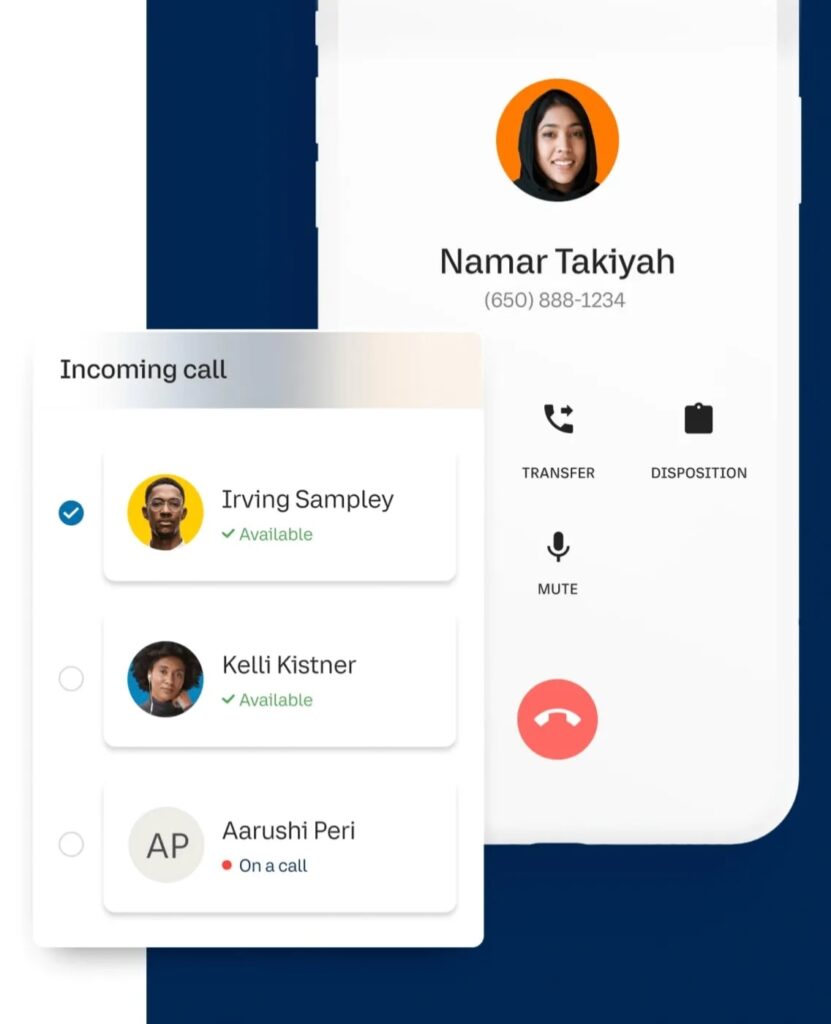
Every business wants to save money. After all, if you can find cost-effective solutions to use across your business structure, then that means greater profits. You will already know that VoIP solutions offer significant savings in your call centre, but adding ACD to that equation can mean even more savings.
ACD can help with three important call centre metrics: hold time, abandon rate, and average answer time (ASA). Your customers want answers, and they want them as quickly as possible. Around 34% of customers will hang up if you make them wait too long, and if it happens more than once, the likelihood is that they may never call you again.
ACD reduces those metrics and, perhaps more importantly, it helps ensure that customers are connected with an agent who can solve their query (thus improving your first call resolution rate). That means higher customer satisfaction rates and can also contribute towards your customer retention rates; a happy customer is more likely to use your business again.
ACD can also help when it comes to scheduling, thus ensuring you’re not overstaffed or understaffed. It can deal with queues efficiently when you have high call volumes and can help ensure that agents are not sitting idle while customers are sitting on hold. Overall, it can streamline your business and make real savings in every area you utilise it.
3. Boost agent productivity
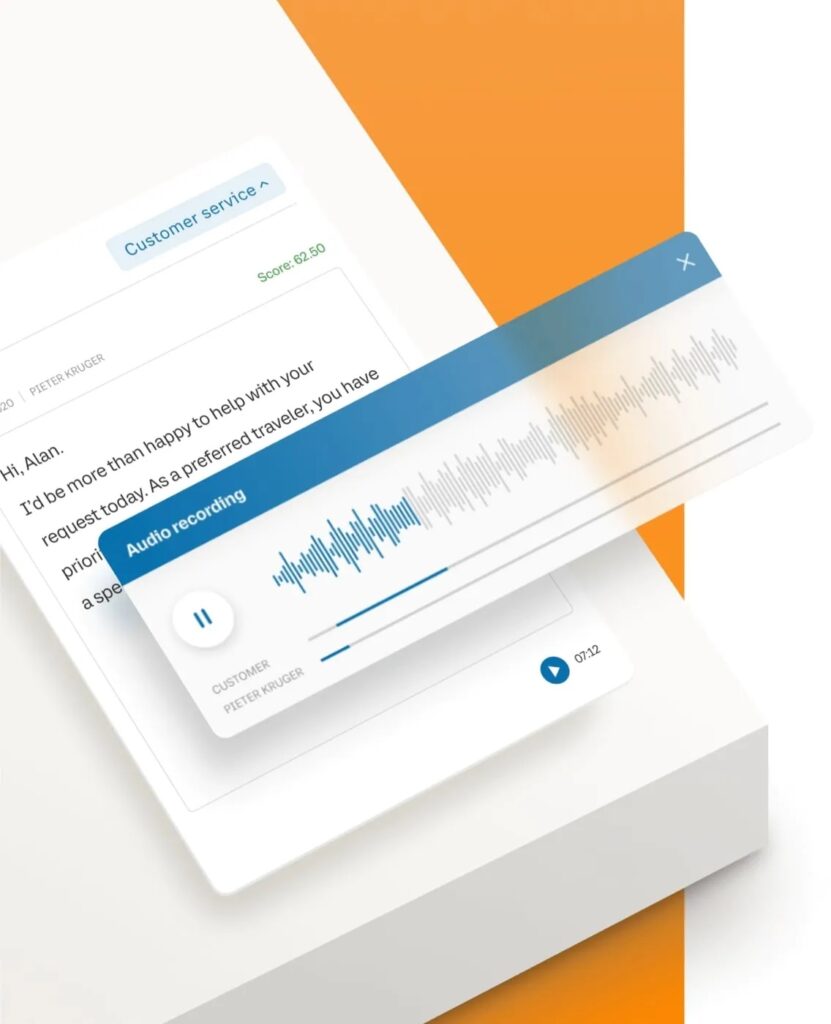
You don’t pay your agents to sit about discussing what happened in the last episode of The Unusual Suspects that they watched. While there are unavoidable quiet periods, you want your staff to be as productive as possible when there are calls coming in, especially if it’s a busy period.
When your contact centre handles a wide variety of calls, it’s likely that you have separate teams to deal with different sorts of queries, everything from dedicated technical support through to sales. You have also likely invested time and money so that your agents have particular agent skills, knowledge, and expertise, so you want those skillsets to be used wisely.
An automatic call distribution system means that you can set it up so that, once the reason for a call is identified, it’s then routed to the agent (or team) who has the requisite knowledge to resolve that call efficiently. With the right people responding to queries, you will usually see a reduction in the average time of each call as agents do not have to seek answers elsewhere.
The flexibility of ACD also means that you can adjust it to any patterns you experience. You may have a basic pattern of skills-based routing but can combine that with other types of distribution to help deal with busy or quiet periods. With an ACD system in use, you will boost not only your agents’ productivity but also their efficiency and competency.
4. Enhance metrics and KPIs

You’ll constantly be monitoring performance in every area of your call centre to ensure it’s working as best as it can. That means monitoring metrics and KPIs that matter to you. And in all likelihood, you’re monitoring and comparing those over different time periods to identify patterns. You may decide to monitor metrics and KPIs daily, weekly, monthly, or annually, whichever suits your company best.
Automatic call distribution can play a major role in improving good metrics and reducing ‘bad’ metrics. In order to track those crucial metrics and KPIs, you need good analytics that deliver accurate real-time information that lets you or your managers make data-driven decisions to improve services. Different call centres may prioritise different data, but here are five of the KPIs and metrics that ACD can help with:
-
- Average handle time (AHT)
This metric lets you know how long your agents are taking on average when it comes to handling calls. Now, it should be emphasised here that you do not want agents to rush their calls. What you are aiming for is a good average time where calls are dealt with as efficiently and as quickly as possible. ACD reduces handling time by directing calls to agents who can deal with calls efficiently.
You want to identify the minimum and maximum times agents take to deal with an average query. There will always be calls that take longer than average, just as some will be shorter. Knowing these times gives you ballpark figures you can urge your agents to aim for, and you can constantly monitor this metric from your RingCentral dashboard to see if there are issues. Remember, it’s better for an agent to provide high quality customer service than to rush calls.
-
- Average speed to answer (ASA)

Sometimes referred to as first response time (FRT), this is a crucial metric for you to monitor. Customers don’t like being put on hold while waiting for an agent to become available. In fact, the vast majority of people (almost 60%) believe there should either be no hold time or people should only have to wait a maximum of one minute to get through to a business on the phone.
By combining ACD with other tools, such as callback options and omnichannel support, you reduce these times even when your centre is experiencing high call volumes at a particular time of day. You can also add customised messages to your IVR advising that it’s a particularly busy period and stating the different options that are available to contact your business, such as email or the chat live chat option on your website.
-
- Customer satisfaction (CSAT)
CSAT is another crucial KPI. After all, you want happy customers as they’re more likely to return. You can collect CSAT scores in real time by asking a simple question (or two) at the end of any call, or you can send out a survey using the Postcall tool that integrates with your RingCentral system.
Even with simple CSAT options such as a star rating, you can set benchmarks for agent performance and monitor that performance, often in real time. ACD can help improve your CSAT through the improvement of other important metrics, such as ASA and first call resolution (FCR). With an ACD system in place, you should see improvements in customer satisfaction across your centre.
-
- First call resolution (FCR)
This is perhaps the metric that is most influenced by ACD use, particularly if you’re using skills-based routing. By routing a call to the agent or team best placed to solve the issue as they have the prerequisite skills and knowledge needed, you make it more likely that any problem will be resolved on that first call.
Customers don’t want to make multiple calls to solve their issues, and they ideally don’t want to have to be transferred from agent to agent. Using ACD to connect the customer to the right agent can significantly improve your first call resolution rate. By having teams that specialise in certain skills, you have agents who can deal with problems in a single call.
If you currently work with one of the more general types of distribution, such as circular call distribution, then you may find you’re seeing no improvement in your FCR rates. Analyse the type of calls you’re taking and how often a call has to be transferred in order to be resolved. If it’s a high number, then maybe it’s time to move to skills-based distribution.
-
- Abandonment rate
This is a KPI that call centre managers keep a close eye on. No manager likes abandoned calls as every single one of them may potentially represent a lost sale. There are two common points where your customers may hang up:
- When they’ve been waiting too long in a queue
- When they’re transferred to voicemail instead of an agent
You can check call abandonment from your RingCentral admin dashboard. Some abandoned calls may be unavoidable, but using a call distribution system can help decrease your overall abandonment rate. Look to see if there are patterns to any abandonment rate. It may be that scheduling is an issue, and you need more agents working at identifiable busy periods.
ACD can help decrease waiting times. What’s important to remember is that you don’t need to stick to one type of distribution. Sometimes, it’s better to sacrifice some of your FCR rate in order to decrease the abandonment rate. It’s better to have an agent connect with your customer than to lose that customer altogether. Also, look at automated messages advising of waiting times and offering omnichannel solutions.
5. Better workforce and contact centre management
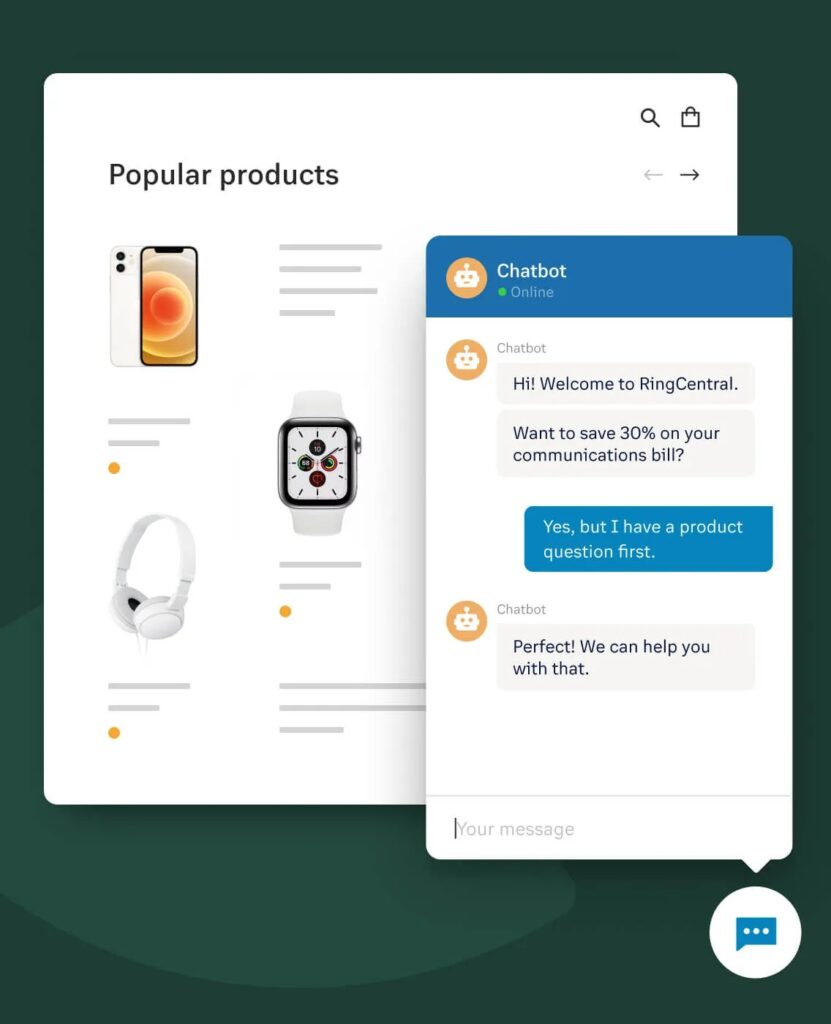
These are two areas where implementing ACD can benefit you as a contact centre manager. The first is managing your workforce. Agent turnover in the call centre industry is high, with a global average of 30-40%. However, it’s not just losing agents that should be of concern; you then have the hiring and onboarding process of new agents to consider too.
55% of all call centres spend between six and 12 weeks on the training and onboarding process. You also have to think about how long it takes a newly-trained agent to reach full proficiency. How can ACD help with this? One of the biggest reasons for agent turnover is a lack of engagement. That usually happens because your agents are dissatisfied with their job. This is often because they’re dealing with calls that don’t meet their skill set. This is something ACD can improve.
For your workforce as a whole, you can add tools such as Workforce Optimisation Pro to your RingCentral ACD system. This allows you to monitor and analyse every aspect of your contact centre’s performance, from individual agent performance and team performance to quality management and coaching options. By combining tools such as this with your existing ACD, you can improve the overall performance of your centre.
6. Simple integration

Integration is key to most communications systems these days, and ACD is no different. Just as you can add ACD to your RingCentral contact centre solution, you can easily add other tools that make your agents’ jobs easier. Perhaps the most important integration when it comes to ACD is IVR; these two go together like salt and pepper and can vastly improve the metrics across your centre as a whole.
Another crucial integration is a good CRM (customer relationship management) solution. This can enable your agents to have a customer’s details at their fingertips, often before the conversation even starts (depending on the setup of your IVR). Knowledge of a customer’s previous call history, purchasing history, and any previous problems can help agents deal with new issues and queries quickly.
Knowing what integrations work best for you can mean a more efficient call centre. A more efficient call centre means more satisfied customers, and that leads to higher retention rates and better CSAT scores, so it’s a win-win situation for everyone.
7. Call monitoring for performance assessment
You need to know that your agents are performing at an acceptable level. That covers several of the metrics discussed, such as first call resolution and average handling times, but also includes how they deal with customers. Are they polite? Are they following any script (when relevant)? To find this out, you need to be able to monitor calls for both assessment and training purposes.
Performance management is essential to improving and maintaining an efficient call centre. After all, you’ve invested time and money in each of those agents, so you want them to perform to the best of their abilities and to be engaging with customers to a high level. This is not only good for your centre as a whole but can also contribute to staff retention levels.
Using your ACD system and the various integrated tools, you can monitor on various levels. You can listen to calls in real time, which is especially useful with new agents. You can even barge into calls if needed when you think an agent is struggling. Quality management becomes a simple task with RingCentral; the Scoresheets tool makes it easy for you to give feedback as well as coaching based on the screen and voice interactions on any call.
You can also use speech analytics with your ACD so that it can identify any key phrases or words used within all the calls received. In real time, this means that agents can identify opportunities to close a sale or can identify when a customer is getting upset or frustrated. From a management perspective, this can help highlight any inefficiencies that are occurring.
8. Multiple channels of support
The days of phone-only call centres are quickly disappearing. In this digital era, it’s all about offering support via a customer’s preferred channel, and that means omnichannel contact centres are the way forward. In fact, although we’re discussing automatic call distribution, it might be more appropriate to call it automatic contact distribution.
People want a choice of how they contact you. They also want alternatives if you’re experiencing high call volumes and they face a lengthy waiting time to speak to an agent. While some ACD systems are still only call-focused, more modern systems, such as that offered by RingCentral, offer the multiple channels of support that most customers want.
You can utilise omnichannel support in a number of ways. Email, live chat, and SMS/text mean you can connect and engage with customers on their preferred channel. Answering simple questions or arranging a call back can be solved by SMS, while both email and live chat offer your agents an alternative way of engaging with your customers and solving any issues they may have.
What can RingCentral ACD do for your business?
So, you can see the many benefits of switching your call centre to an automatic call (or contact) distribution system. You recognise that it can improve the metrics that matter to you and that it can help improve the overall efficiency of your business. But why should you choose RingCentral ACD over other solutions available on the market?
Features
There are many good reasons why RingCentral’s contact centre software receives consistently high reviews, and its ACD contact centre solution can play a major role in improving how well your centre operates. As a multiple channel solution, it comes with an extensive list of features:
- Skills-based routing can improve first call resolution by connecting customers with the agents best suited to dealing with their call. Although you can choose other distribution methods, this remains the best choice when your centre deals with multiple disciplines.
- Proficiency weighting means you can identify the agents with the best AHTs (average handling times). This can be helpful during busy periods as they will be best placed to deal with calls quickly.
- Multi-location and WFH (working from home) capabilities mean you can utilise and monitor agents regardless of location. With many call centres opting for remote or hybrid models, this makes the switch to new models a simple transition.
- Blending inbound calls with outbound calls allows you to work in the way that suits your centre best. For outbound calls, you can utilise a predictive dialler to improve your agent’s efficiency and productivity.
- Multiple channels of contact mean you can engage with your customers in the way they prefer, particularly at times of high call volumes. This can be a two-way street and includes options such as live chat, email, or SMS.
- The universal contact queue (UQ) option is necessary if you’re going to operate an omnichannel contact centre. RingCentral ACD lets you integrate and standardise your queuing system to include all methods of contact.
- Using your CRM with database connectivity lets your agents see all pertinent customer details on their screens. This can help your agents deal with issues more efficiently and can also significantly contribute to reducing average handling times (AHT).
- There can be nothing more frustrating than being in a long queue when you have other things to do. Using RingCentral’s queue keeper option means that a customer retains their assigned place in the queue without staying on the line. Once they reach the front of the queue, the system will initiate an automatic call back.
- You want to be able to monitor calls in real time for a number of reasons. The main two are for quality assessment or coaching for new or underperforming agents. You also want to be able to interrupt a call when an agent is struggling or when you feel they need some help. Supervisor or manager monitoring options allow you to do these things.
- Call recording is another area that can be important, both in terms of ensuring quality and helping with training, but also when it comes to dispute resolution. However, it’s crucial that call centre operators are aware of both national and state laws when it comes to making a recording of a phone call.
- White noise for Australian Consumer Law (ACL) compliant call recording: you must notify callers that they’re being recorded and that they have the right to refuse if they object to such recordings. In some cases, you can use the white noise option that RingCentral ACD offers.
Benefits
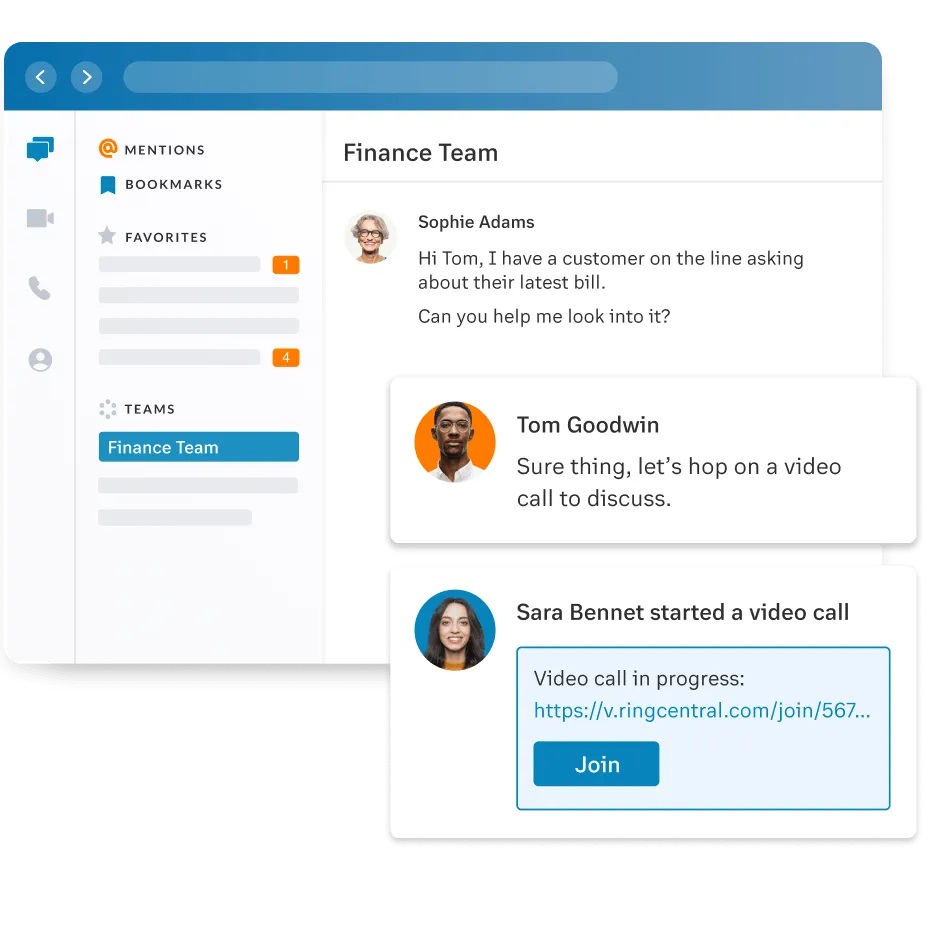
As you can see, RingCentral offers a plethora of features that can help improve your performance at both an agent and centre level. These features not only enhance the experience of your customers, but they can also improve agent satisfaction and engagement and could help improve your overall agent retention figures. So, what are the main benefits of RingCentral ACD?
- Increased routing efficiency: choose the distribution method that best suits your centre’s business model, from circular distribution to fixed order distribution. RingCentral ACD lets you choose the type of distribution you want and allows you to change when needed. This leads to higher first-call resolution, cost-effectiveness, and improvements to your most important metrics and KPIs.
- Higher levels of customer satisfaction: gone are the days of people always being frustrated when calling a contact centre. RingCentral ACD means customers are connected with the right agents when they call. It also means more calls are resolved the first time, and everyone needs to spend less time on the phone. Happier customers are more likely to use you again.
- Increased work flexibility: in 2021, some 58% of call centre agents in Australia were working from home. Those figures are unlikely to drop and represent new challenges for call centre operators when it comes to the tech and security needed for efficient working. RingCentral ACD facilitates bringing your agents together, even when they’re far apart. This is the main reason why RingCentral is at the centre of the unified communications field.
- Scalability: every business needs to grow, and, with call centres, there are often seasonal patterns that mean you need to add agents at certain times of the year. With RingCentral as your cloud-based solution, you aren’t confined to set numbers or models but can scale up and down as needed. This gives you the flexibility that’s often a requirement when operating a call centre.
How RingCentral ACD works
-
Routing
RingCentral ACD helps connect customers with the agents best placed to help them. That can include proficiency levels when some agents are more experienced and knowledgeable than others.
You can also customise your ACD system so that VIP customers (those who are regular or high-value customers) are identified by caller ID are given priority and are either moved forward in the queue or are transferred to a special VIP queue. Some centres may even offer a dedicated phone number for these customers. You can also enable the callback feature so that customers don’t have to wait.
-
Omnichannel connections
RingCentral recognises that you operate in a digital world where omnichannel connections are vital. That’s why their ACD offers easy linking with your IVR as well as channels as diverse as live chat, email, fax, click-to-dial web calls, and social media messages. Give your customers the choice of how they want to connect with you and the peace of mind to know that they’re in a single and unified queue.
-
Intuitive user interface (UI)
All this tech can be confusing, and some systems require agents to access multiple apps and interfaces in order to be efficient. RingCentral makes it easy for your agents as it allows all contacts to be handled via a simple and intuitive single interface. It’s not only straightforward for agents, but it also makes it easy for managers and supervisors to oversee everything from individual agents to campaign performance with simple access to analytics and reports.
-
Cross-model flexibility and scalability
RingCentral ACD is not just about improving your customers’ experience. It’s also about making it easier for you to operate your call centre. That means recognising that you could be operating a single location model, a multi-location model, or some sort of model that includes remote working. As a cloud-based solution, RingCentral ACD operates efficiently no matter what model, or combination of models, you operate. It also means you can scale up or down as needed.
-
Better reliability and security
Reliability and security are two factors every call centre looks for. RingCentral operates seven network operations centres that have a helpdesk for customer support that is open 24 hours a day, 365 days a year. They also offer a ‘five nines’ uptime guarantee in your SLA, which equates to a maximum of 26 seconds of downtime per month. So, with RingCentral ACD, you have both the reliability and security you need to operate with confidence.
Overview
RingCentral offers a comprehensive ACD solution that meets the needs of any type of contact centre. No matter the size or model of your contact centre, RingCentral can provide all the adaptations and integrations you require. Pricing can vary according to your size and what tools you want to add to the system, so why not contact RingCentral today to find out more?
An ACD system is a perfect solution for any and all contact centres. It enables you to manage call volume and handling of calls more efficiently, especially when experiencing higher call volumes. It should also be noted that ACD working in tandem with IVR is a marriage made in heaven and can take your efficiency and productivity up a level.
The takeaway
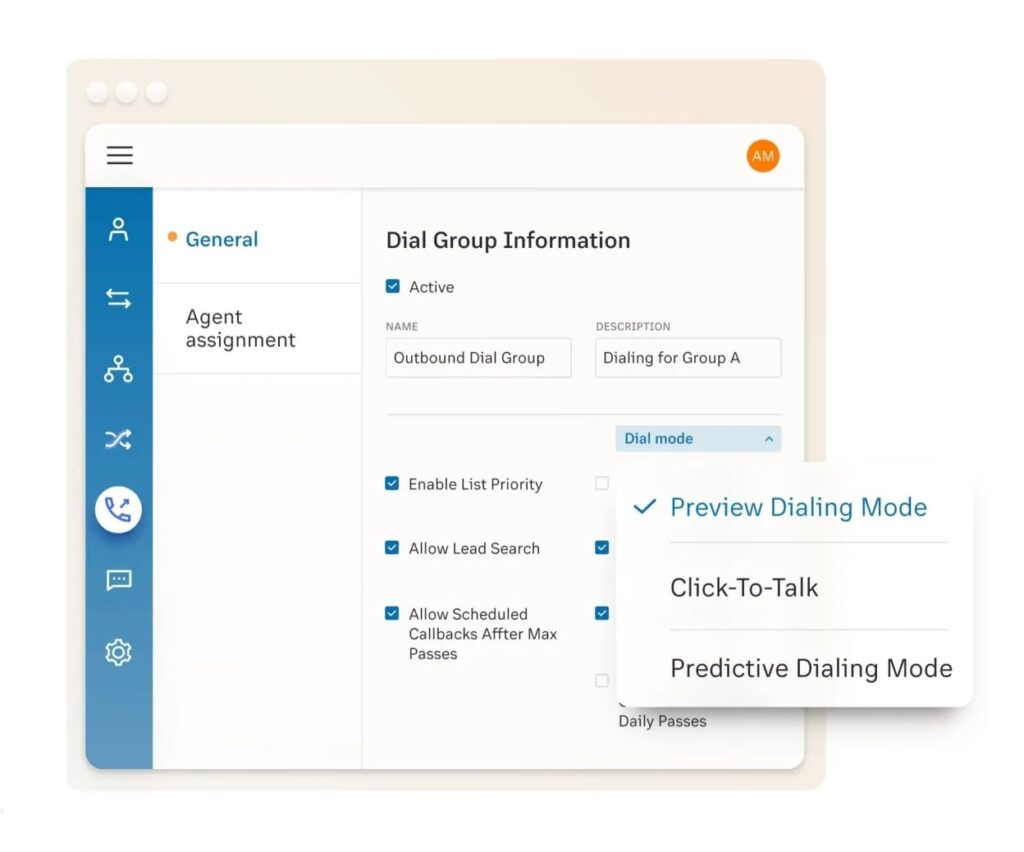
Unified communications is a must-have for most businesses today. But with so many choices available on the market, it can be hard to make a final decision as to which system best suits your own business. However, when it comes to contact centre software, the field narrows when it comes to choosing between different solutions.
For a call centre, it’s not just a case of choosing the best VoIP system for your needs. You have to consider the other tools and integrations that you want or need and ways to improve your call centre’s service. RingCentral ACD offers all the tools and integrations to bring your call centre up to date. CRM and IVR are the two stand out tools that, together with ACD, improve efficiency and productivity while having a positive effect on the metrics that matter most.
If you’re still operating a call centre that doesn’t utilise automatic call distribution, the question has to be asked, why not give automatic call distribution a try? It’s a system that, especially when combined with IVR, streamlines your centre’s workflow and can lead to dramatic increases in everything from productivity to your CSAT scores.
Originally published Jul 25, 2022, updated Aug 25, 2022




